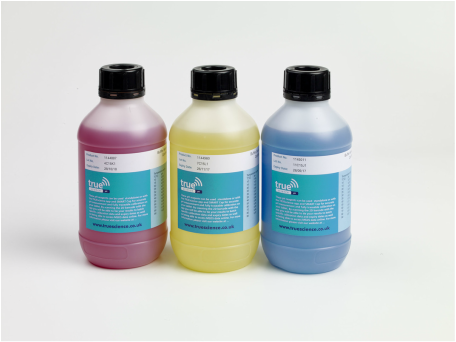How do pH buffers work?
20 July 2016
20 July 2016
Everybody who uses a pH meter will also have pH buffers to calibrate it with.
These liquids are vital in making sure your pH meter measurements stay accurate – but what are pH buffers, where else are they used, and how to they work?


A pH buffer is a chemical which is capable of neutralising acids and bases, thus ensuring that its pH value is always the same.
Commercially bought pH buffers can be found as pre-made liquids in bottles or sachets, or as powders which need to be mixed with distilled water to create the buffer liquid.
In biological systems, certain chemicals in cells or organs have buffering abilities to keep pH levels constant.
Whatever their form, the function and mode of action is the same.
Most commercially available pH buffers are used for calibrating pH meters. Their fixed pH value means they can be used as a standard which the pH meter is reset to.
Buffering systems are also found throughout the natural and industrial worlds;
In blood, the buffering effect of carbonic acid reversibly reacting to form carbonate is used to maintain a constant pH.
In urine the equilibrium of monosodium phosphate reversibly reacting to form disodium phosphate keeps pH levels in the kidneys and urine at safe levels.
Shampoos contain buffers to ensure that certain ingredients do not cause skin irritation by extreme pH levels.
Textile factories use pH buffers to keep the pH within a narrow limit when dyeing fabrics.
Laboratories use buffers to keep the pH steady during a reaction, either to ensure optimal conditions or to remove pH as a variable.
Whether they are man made or natural, all pH buffers work by the same principle – they are able to neutralize small amounts of both acids and bases.
Acidic solutions will neutralise bases, while basic solutions will neutralise acids.
Buffers are different as they can behave as either – they can form what is known as a conjugate acid or a conjugate base. The buffer exists in an equilibrium between these two states, which is why they always have a fixed, known pH value.
Of course buffers do have a finite capability – if a large amount of acid or base is added the “buffering capacity” will be exceeded, the buffer is no longer in equilibrium and the pH level will change.
Do you have more questions about pH buffers, or anything else about pH measurement you’d like us to explain? Use the Contact page to get in touch, or leave your comments below!